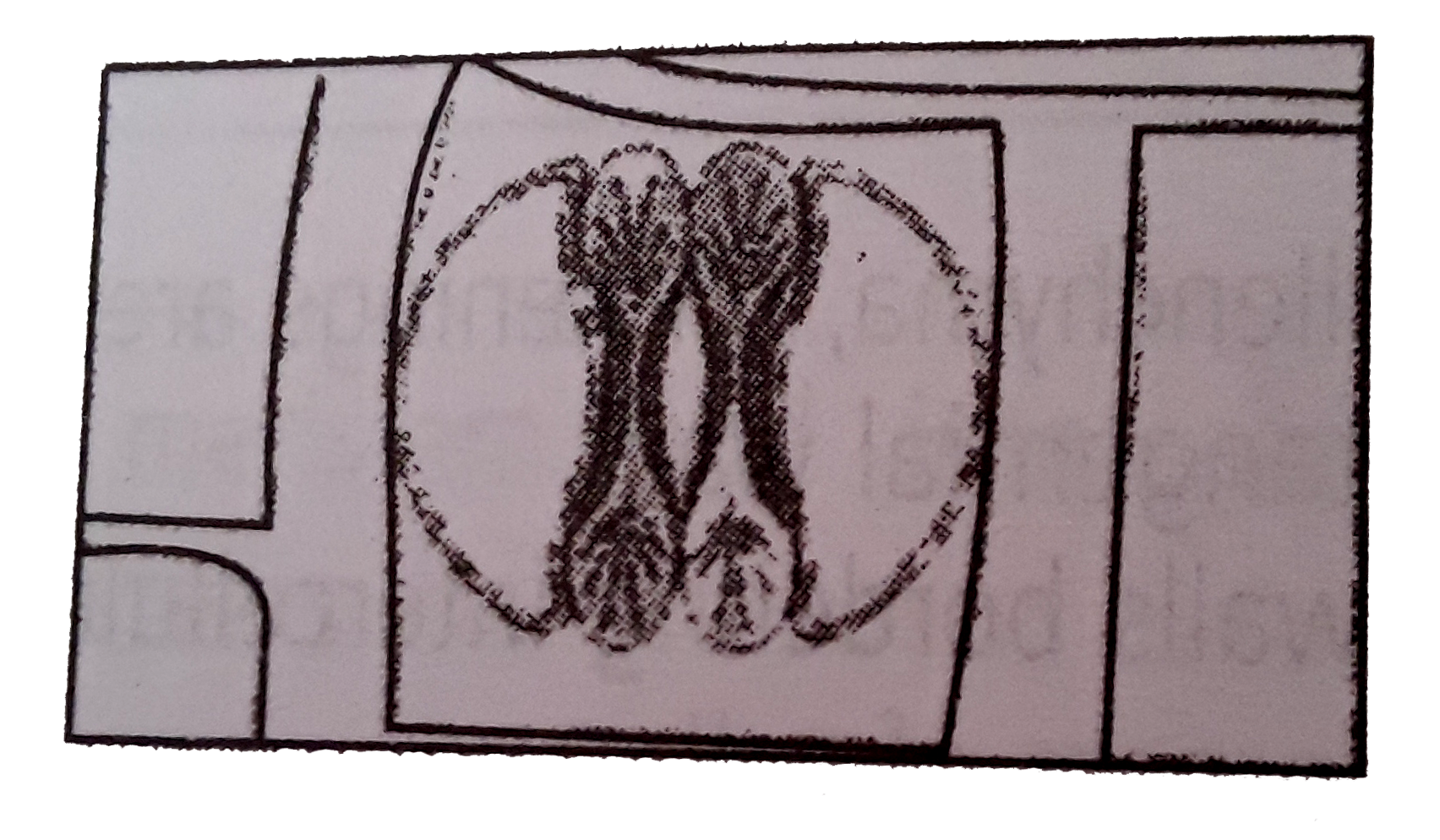Transformation of the normal cells into the cancerous neoplastic cells may be induced by : - (i) x-rays (ii) Chemical agents (iii) γ-rays (iv) Oncovirus (v) Smoking (vi) U.V. rays
i, iii, vi
i, iii, iv, vi
i, ii, iii, iv, v, vi
i, ii, iii, iv, vi
The correct Answer is:C
To answer the question regarding the transformation of normal cells into cancerous neoplastic cells, we need to identify the various agents that can induce this transformation. Let's analyze each of the provided options step by step:
Step 1: Understanding Carcinogens
Carcinogens are agents that can cause cancer by inducing changes in cellular DNA, leading to uncontrolled cell growth.
Step 2: Evaluating Each Option
1. X-rays:
- X-rays are a form of ionizing radiation. They can penetrate tissues and cause DNA damage, which can lead to cancer.
- Conclusion: Yes, X-rays can induce transformation into cancerous cells.
2. Chemical Agents:
- Various chemicals, such as benzopyrene, asbestos, and heavy metals, are known carcinogens. Prolonged exposure to these chemicals can lead to mutations and cancer.
- Conclusion: Yes, chemical agents can induce transformation into cancerous cells.
3. Gamma-rays:
- Gamma-rays are also a type of ionizing radiation similar to X-rays. They can cause DNA damage and are associated with an increased risk of cancer.
- Conclusion: Yes, gamma-rays can induce transformation into cancerous cells.
4. Oncovirus:
- Oncoviruses, such as the Epstein-Barr virus and human T-lymphotropic virus (HTLV), can integrate into the host's DNA and cause cancer.
- Conclusion: Yes, oncoviruses can induce transformation into cancerous cells.
5. Smoking:
- Smoking is a major risk factor for several types of cancer, including lung and throat cancer. It introduces numerous carcinogenic substances into the body.
- Conclusion: Yes, smoking can induce transformation into cancerous cells.
6. U.V. rays:
- Ultraviolet (UV) rays from the sun can cause skin damage and are a well-known risk factor for skin cancers, such as melanoma.
- Conclusion: Yes, UV rays can induce transformation into cancerous cells.
Final Conclusion:
All the options provided (i.e., X-rays, chemical agents, gamma-rays, oncovirus, smoking, and UV rays) can induce the transformation of normal cells into cancerous neoplastic cells. Therefore, the answer to the question is that all the listed agents can lead to cancer.
Carcinogens are agents that can cause cancer by inducing changes in cellular DNA, leading to uncontrolled cell growth.
1. X-rays:
- X-rays are a form of ionizing radiation. They can penetrate tissues and cause DNA damage, which can lead to cancer.
- Conclusion: Yes, X-rays can induce transformation into cancerous cells.
- Various chemicals, such as benzopyrene, asbestos, and heavy metals, are known carcinogens. Prolonged exposure to these chemicals can lead to mutations and cancer.
- Conclusion: Yes, chemical agents can induce transformation into cancerous cells.
- Gamma-rays are also a type of ionizing radiation similar to X-rays. They can cause DNA damage and are associated with an increased risk of cancer.
- Conclusion: Yes, gamma-rays can induce transformation into cancerous cells.
- Oncoviruses, such as the Epstein-Barr virus and human T-lymphotropic virus (HTLV), can integrate into the host's DNA and cause cancer.
- Conclusion: Yes, oncoviruses can induce transformation into cancerous cells.
- Smoking is a major risk factor for several types of cancer, including lung and throat cancer. It introduces numerous carcinogenic substances into the body.
- Conclusion: Yes, smoking can induce transformation into cancerous cells.
- Ultraviolet (UV) rays from the sun can cause skin damage and are a well-known risk factor for skin cancers, such as melanoma.
- Conclusion: Yes, UV rays can induce transformation into cancerous cells.
All the options provided (i.e., X-rays, chemical agents, gamma-rays, oncovirus, smoking, and UV rays) can induce the transformation of normal cells into cancerous neoplastic cells. Therefore, the answer to the question is that all the listed agents can lead to cancer.
Topper's Solved these Questions
Similar Questions
Which of the following are not electromagnetic waves?
(i) α-rays
(ii) Radio waves
(iii) β-rays
(iv) Sound waves
(v) Micro waves
(vi) Cosmic rays
View SolutionRead the following statements about cancer . Identify the true and false ones and select the correct option .
A . Cancer cells lose the property of contact inhibition
B. The property of metastasis is mostly found in benign tumors .
C. The transformation of normal cells into cancerous cells occurs only because of chemical agents.
D. The chemical carcinogen present in tobacco smoke is a major cause of lung cancer.
(a) A - True , B - False , C - False , D - True
(b) A - False , B - True , C - True , D - False
(c) A - True , B - False , C - True , D - False
(d) A - False , B - True , C - False , D - True
View Solution
Knowledge Check

Identify the plants (from the list i-vi) which possess the given type of guars cells (as shown in the diagram) in their leaves.
(i). Grass
(ii). Tomato
(iii). Banana
(iv). Brinjal
(v). Soyabean
(vi) LilyA(i),(ii) and (v)B(ii), (iii) and (iv)C(i),(iii) and (vi)D(iv),(v) and (vi)
Define : (i) Pollination (ii) Fertilisation (iii) Gamete (iv) Zygote (v) Fruit (vi) Seed (vii) Plumule.
View SolutionWhich of the following is generally present in dicot stem ?
(i) Endodermis (ii) Pericycle (iii) Medullary ray (iv) Phloem parenchyma (v) pith (vi) Epidermis
View SolutionFind the set of composite fruits among those listed below
(i) Raspberry (ii) Mulberry
(iii) jackfruit (iv) Blackberry
(v) Pineapple (vi) Fig.
View SolutionClassify the following into monosaccharides and disaccharides :
(i) Ribose
(ii) 2-deoxyribose
(iii) maltose
(iv) galactose
(v) fructose
(vi) lactose.
View SolutionFlame cells of flatworms help in
(i) Osmoregulation
(ii) Digestion
(iii) Reproducation
(iv) Excretion
(v) Biouminesence
View SolutionWhy are the following parts important to a plant cell?
(i) Mitochondria (ii) Chloroplast (iii) Cell wall (iv) Nucleus (v) Vacuole
View SolutionFind the square root of the following :
(i) 3−4i
(ii) 4+6i√5
(iii) −i
(iv) 8i
(v) −7+24i
(vi) −24−10i
View Solution
